Lesson one: Don’t get seasick
We had just launched our canoe into the churning Colorado whitewater rapids when I jabbed my paddle under a jutting rock, only to hear a sickening crack!
My paddle snapped in two. And we still had the entire rapids run ahead of us.
When I talk about the career river, I’m not suggesting your professional journey should be a pleasure cruise. There will be struggles. You’ll face unexpected obstacles, headwinds and shifting currents.
However, I believe this mindset is both more accurate and more liberating than the typical way we talk about advancing our careers.
When we talk about “climbing the ladder,” we’re describing an unchanging system where advancement is entirely under our control. Reality, of course, is more complex. There are many factors outside our control, and the environment is constantly changing. Recognizing this allows us to release the burden of striving for continual linear advancement. Instead, we can pay attention to how we read and respond to the shifting currents.
Today we’re heading out on the water with Morten Ro, who has been sailing since his childhood and is now teaching his sons and girlfriend how to tackle the island-speckled waters off the coast of Denmark. As he describes his approach to sailing, I invite you to notice connections to how you can approach navigating your professional life.
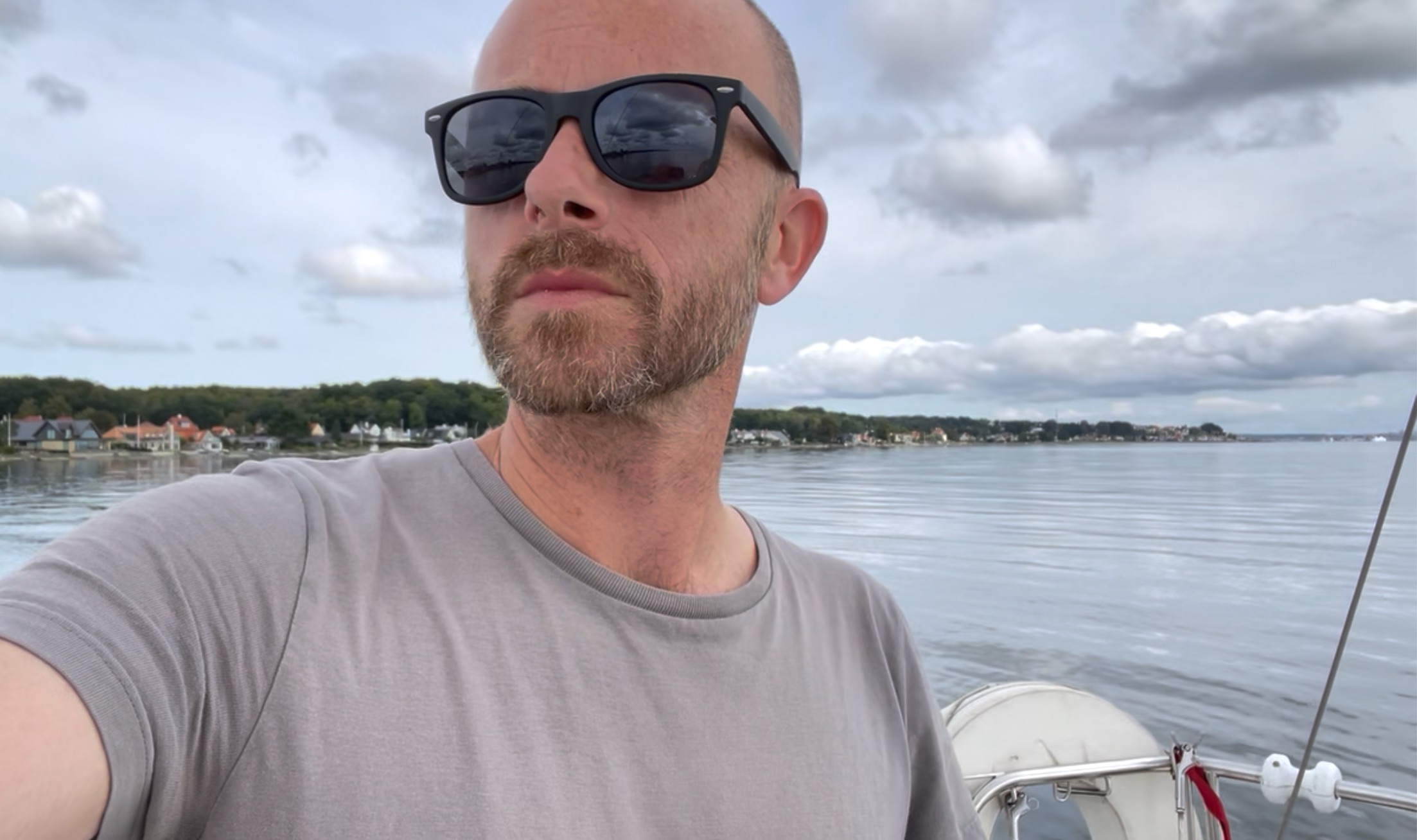
The first thing to learn when you start sailing? How to avoid seasickness.
“You get seasick from not being comfortable with waves coming, or not being comfortable with what is happening with the wind or how the boat is reacting,” Ro said.
“Learning to sail and becoming better at sailing is a matter of calibrating yourself in your environment.”
Once you’ve found your stability on the shifting deck beneath your feet, you’re constantly navigating through changing circumstances. The ocean waters Ro sails can be very windy, and you have to watch the straits, the depth, the currents. Over time, he said, you get better at focusing on navigating and reading a compass. There’s always something new to learn.
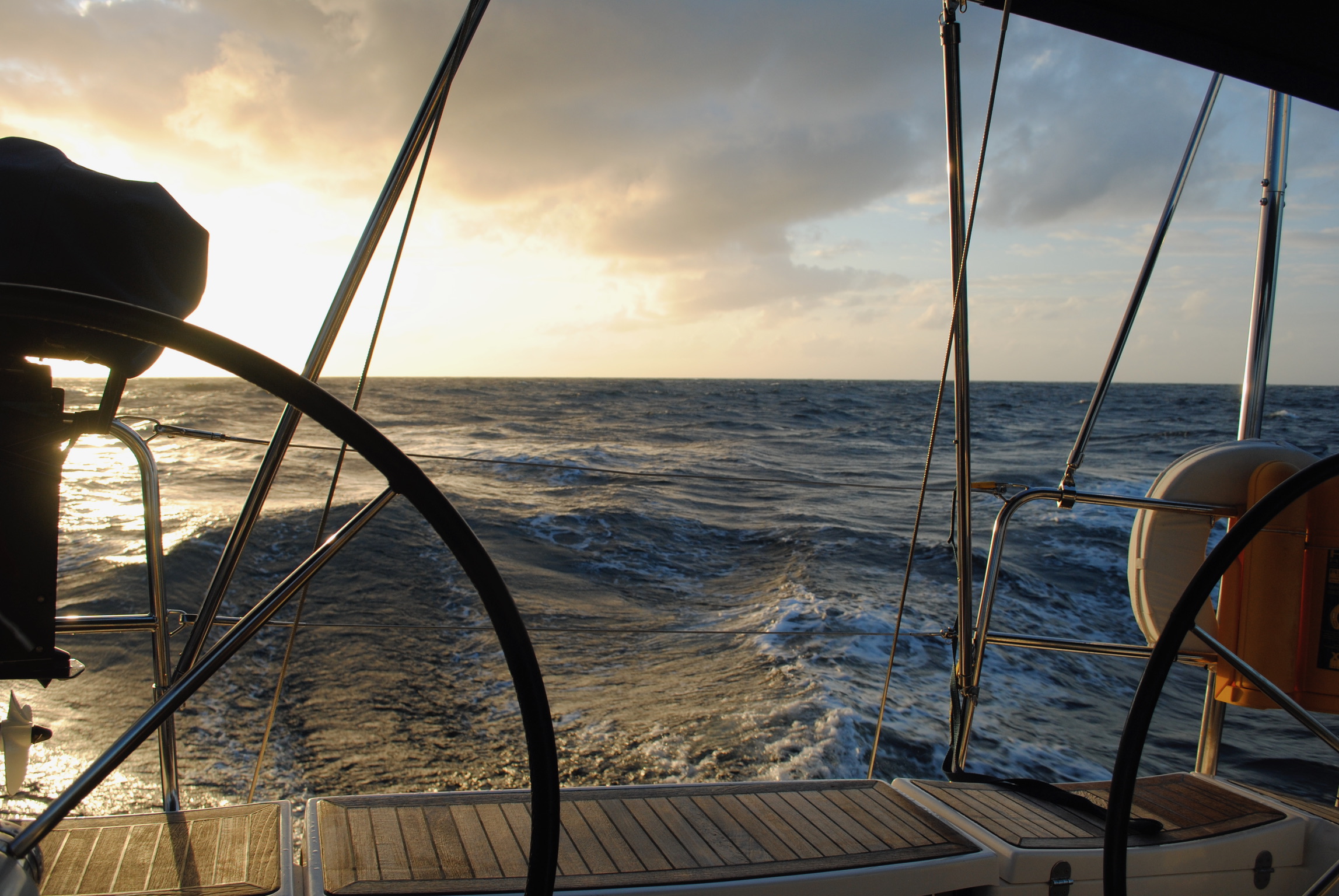
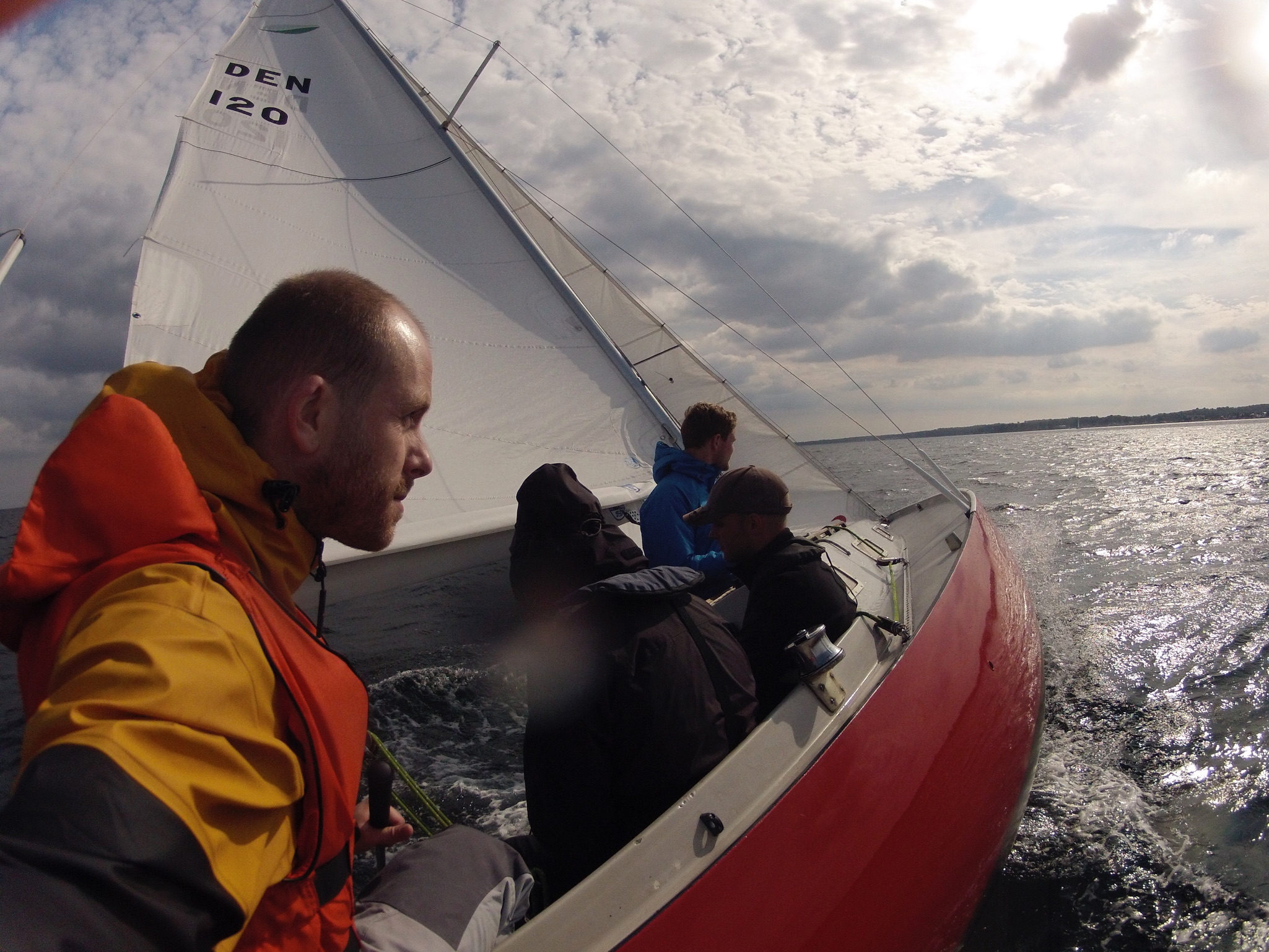
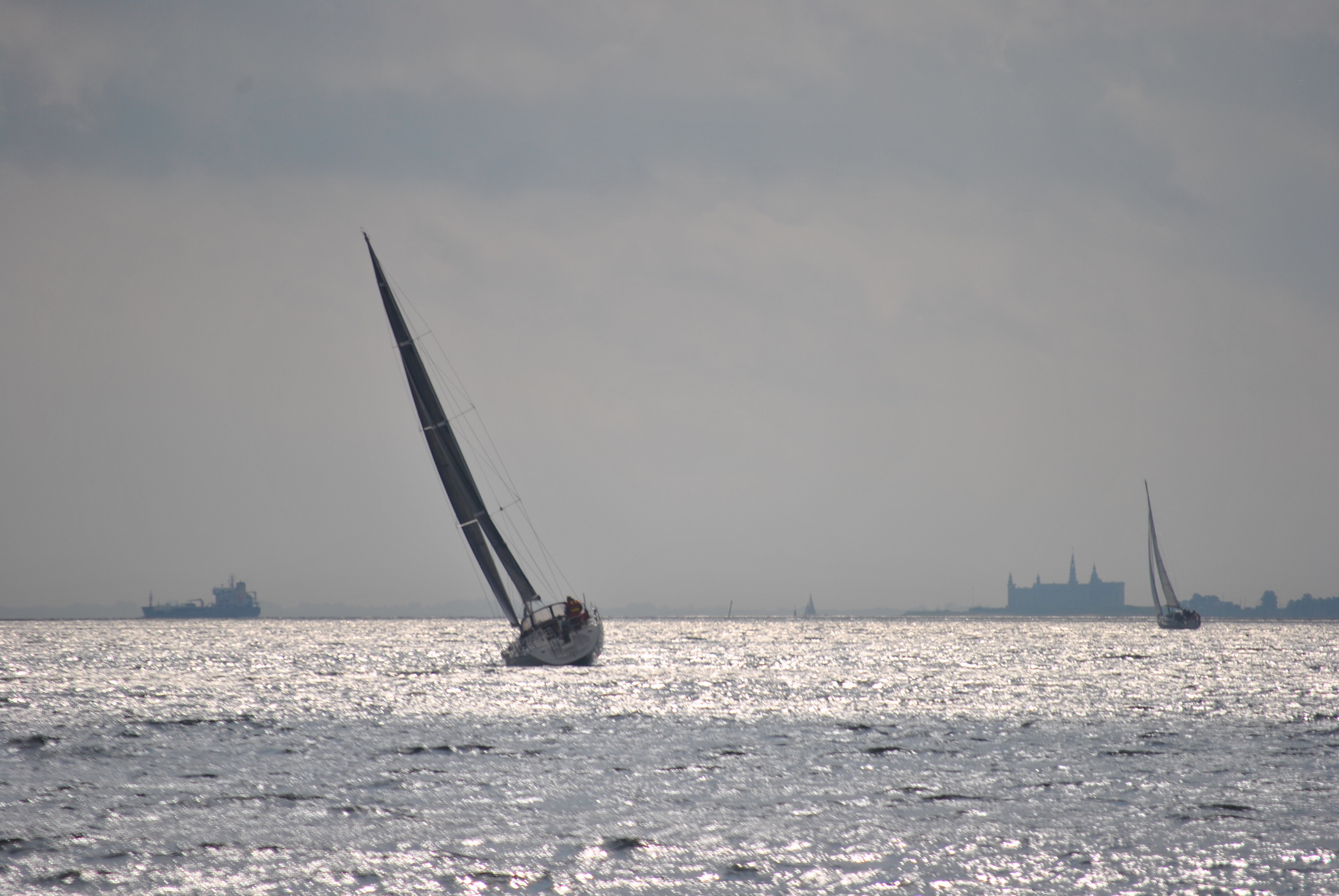
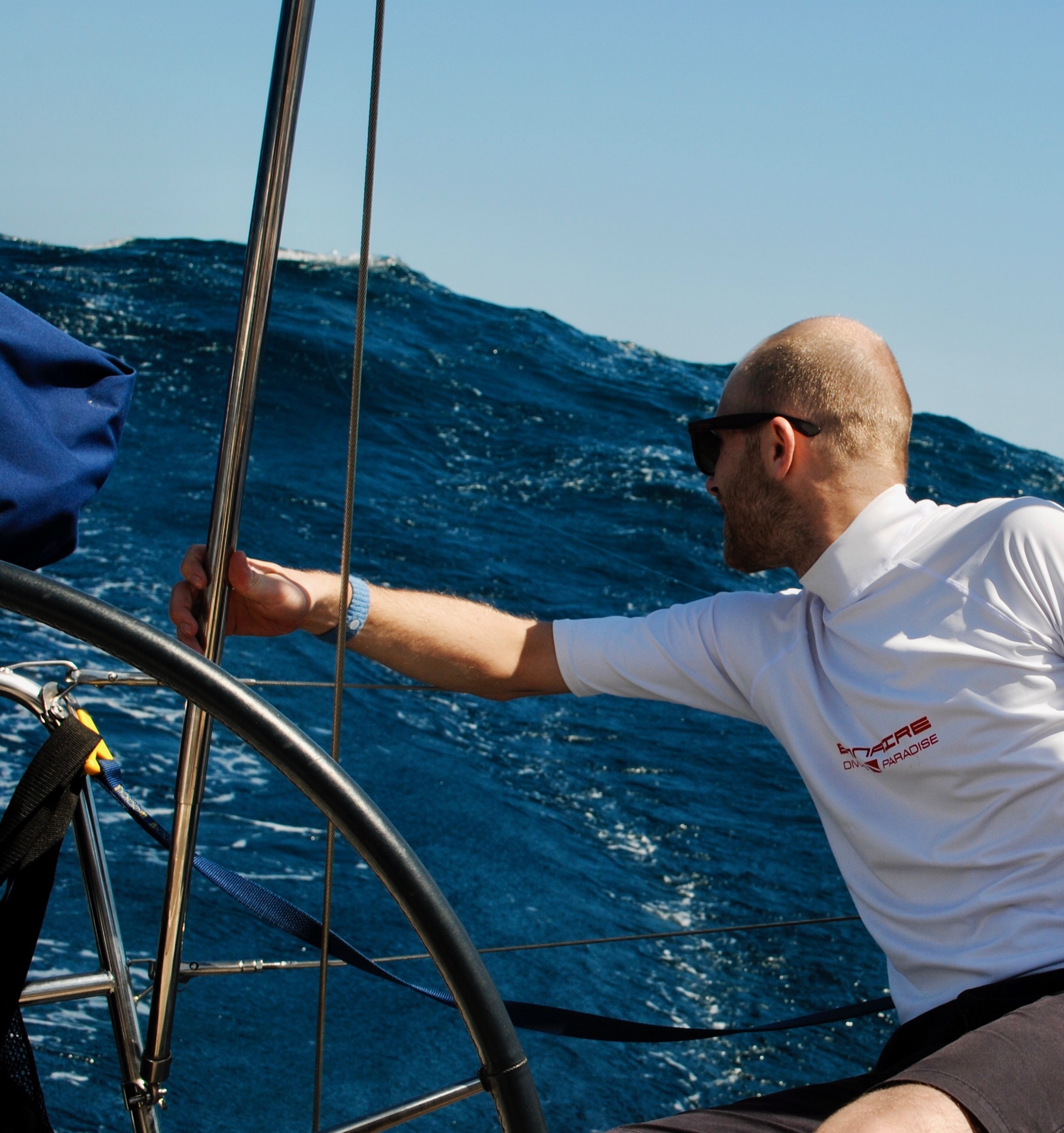
For all its delights, Ro also knows how dangerous sailing can be. His great-great-grandfather, who established a fishing industry in the Faroe Islands, was lost at sea, leaving behind his wife and nine children. Growing up, the boat Ro’s family sailed bore the same name as his ancestor’s — the Olivia, after the wife who lost him to the sea.
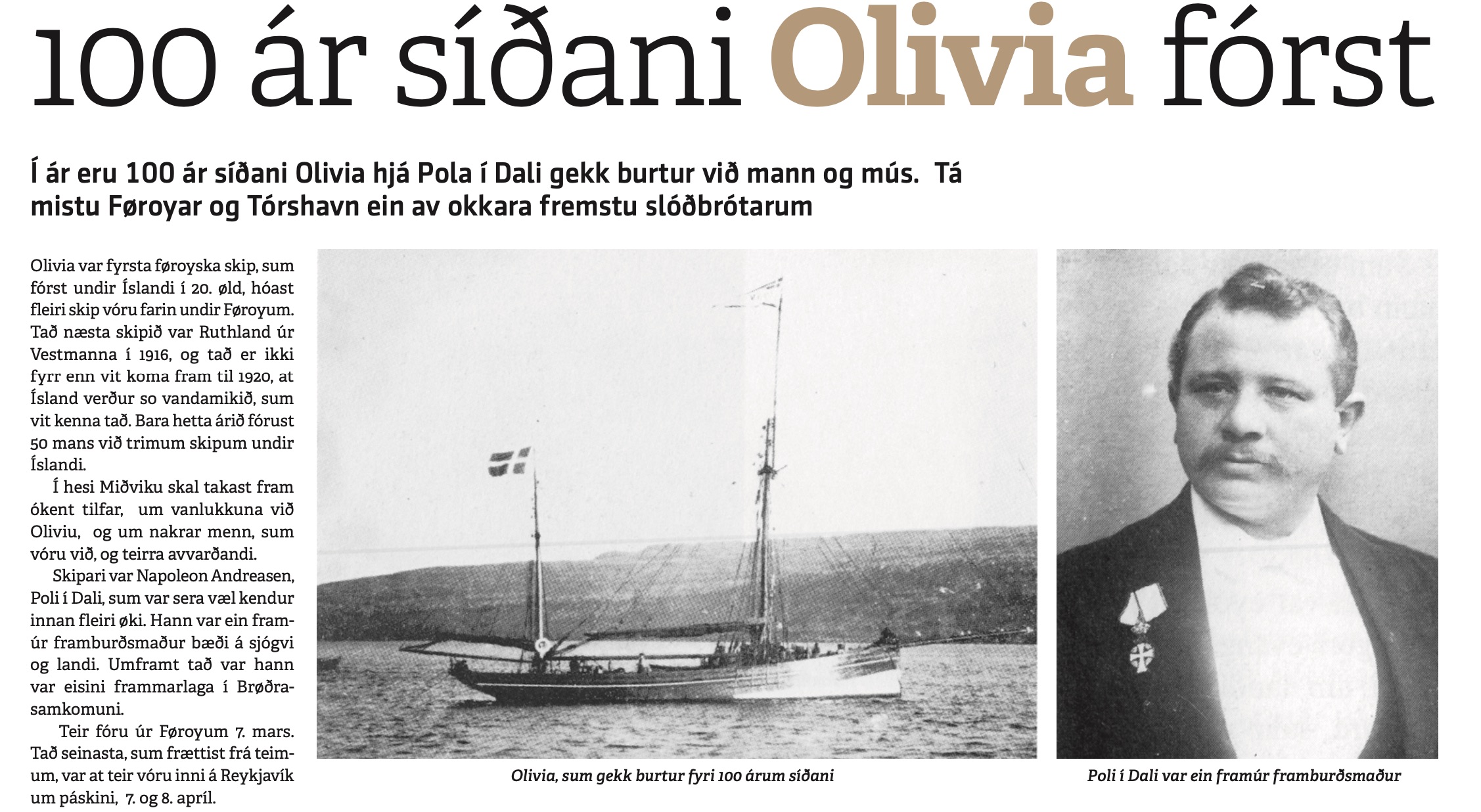
Ro’s most perilous moment on the water came about 12 years ago, when he was practicing sailing in rough weather with a teacher in the middle of the night. Their 100-year-old wooden boat, which had no engine, ran aground on an island. The boat was destroyed. His teacher was nearly killed.
“If you want to be the captain on the boat, you need to own that full spectrum,” he said, all the way from enjoying the geeky technical knowledge to facing the consequences in life-and-death situations.
My own rapids run with half a paddle was nowhere near as dangerous. We slowed down to make it through, carefully picking our way around the churning currents, and proudly displayed the busted paddle at home for years afterward.
Even with its risks, sailing gives Ro a feeling of freedom. His advice for people — actually in real life, not just as a metaphor — is to “spend a longer period of time on the water, on anything without an engine and look towards the horizon.”
Often, he said, you can see your end goal far in the distance. But you’ll never get there directly. In open water, you’ll always be drifting and you may need to plot a zigzag course.
“It’s never directly A to B, it’s always something different and something you can’t predict entirely, and you just need to enjoy that.
“It’s about denying a rigid way of looking at progress and just putting joy and exploration at the core.”
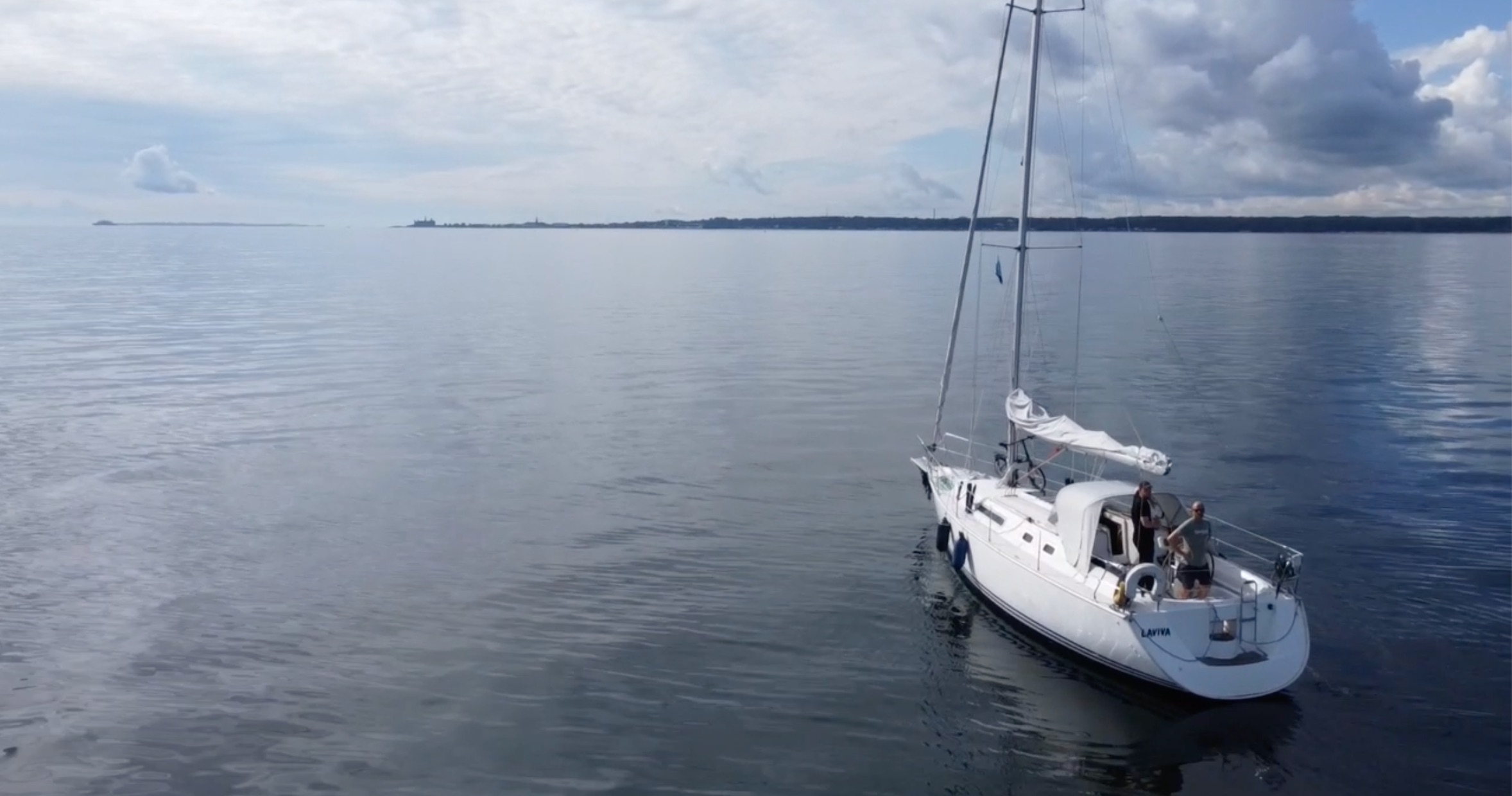
Happy navigating,
Bridget
Thanks for reading Explore Your Career River! Subscribe for free to join the community.
Member discussion